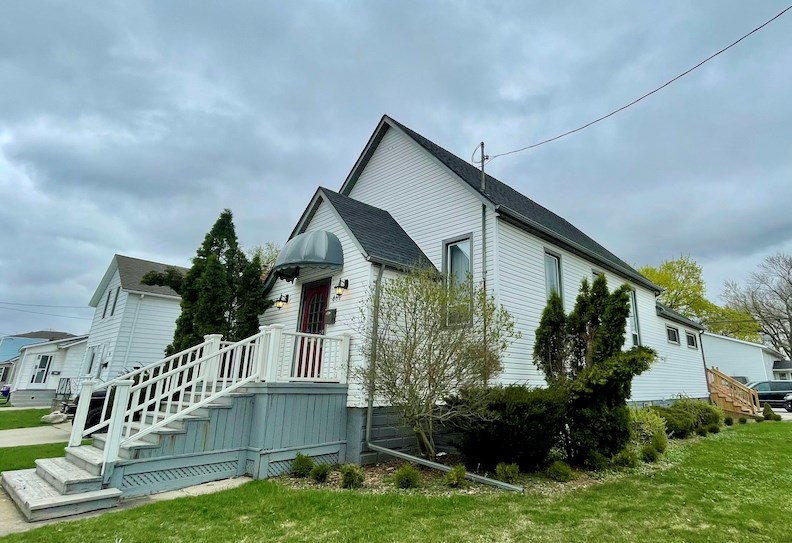Editor's note: This is the second in a two-part story exploring Sarnia's Black history and the African Methodist Episcopal Church. For part one, visit here.
By Randy Evans
“A tiny but earnest Christian congregation “– so noted the Sarnia Observer in October, 1922.
By far, Sarnia’s Black residents identified themselves as Wesleyan Methodist. The Black communities’ adherence to the Methodist Church is not surprising as that faith was a strong advocate in the anti-slavery movement.
For the 1800’s, there unfortunately is scant knowledge about Sarnia’s African Methodist Church as it was then known. However it can be concluded that the Church did exist and that Simeon Highwarden was the Minister until his death in April, 1887. Methodist church records confirm this fact as does an 1866-67 local directory entry of a “Coloured Church.”
Unfortunately, no records exist to show what physical structure the Church initially took. As for the Church’s location, a G.A. Vidal survey map of 1893 notes “ACP” at the south –east corner of Russell St. and George St.
It is not a stretch to attribute the survey’s initials “AC” as ‘”African Church” for, in 1904, that very plot of real estate was purchased by the Trustees of the African Methodist Episcopal Church.
Having secured ownership of the property, a building and next door rectory were built to house the faithful and their Minister.
For the next thirty-five years, the Church continuously owned the property.
Along with the other local places of worship, the African Church services were noted in the Observer’s Saturday edition. From such, it is known that, each Sunday, the congregation partook in morning and evening services with afternoon Sunday School rounding out the Sabbath.
Time and time again the members would be called upon to overcome the Church’s financial limitations caused by the small size of the congregation. Newspaper reports lead to the conclusion that the Church survived on a financial shoestring with the collections supplemented by the women’s contingent busy with social teas and baked goods sales.
Money became a huge issue in 1922 when a fire caused extensive damage to the rectory. Together with structural repairs required at the church, $1,000.00 was estimated to be the restoration amount required. ($17,000.00 in 2023 dollars.) Needing help to attain the goal, the African Church decided to go to the Sarnia public with a fundraising campaign.
Led by Reverend W.F.Seay, a steering committee was set up composed of the Church’s Trustees as well as local M.P. R.V. LeSueur, Crown Attorney F.W. Wilson and some of the municipality’s leading White businessmen. Mayor Thomas Cook opened up City Hall for a reception. Additionally, five of Sarnia’s service clubs got involved and supplemented what no doubt was a herculean effort by the congregation.
Ultimately, the inter-racial effort was successful in meeting the financial goal.
As gratifying and noteworthy as that was, this co-operative achievement could not overcome the racism which existed in segments of Sarnia. In a 1930 speech, Reverend Seay highlighted the fact that the Black community had always and were still being denied basic opportunities to show its capabilities and worth.
The local African Church continued to soldier on. Perhaps not surprisingly, the 1930’s Depression and the congregations’ limited resources brought unfortunate financial realities to bear.
Out of options but only after putting up the good fight, the Church sold the George St. property and closed its doors in 1939.
Sarnia’s African Methodist Episcopal Church – a part of local history well worth noting.
